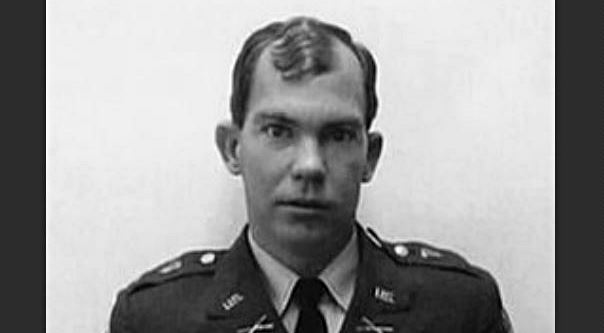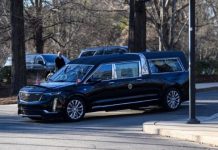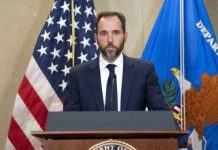
July 30 (UPI) — Former Army Lt. William Calley Jr., 80, died of natural causes Sunday at a hospice center in Gainesville, Fla., decades after being convicted of leading the infamous My Lai Massacre.
Then-2nd Lt. Calley on March 16, 1968, led his Army platoon into the My Lai village in the Son Tinh District near the central coastal area of what then was South Vietnam and initiated a massacre of hundreds of civilians.
Calley’s platoon had recently sustained heavy losses during the 1968 Tet Offensive and had orders to search for and destroy members of the Viet Cong who might be operating in the area.
The Viet Cong were expert guerrilla fighters for North Vietnam and had led the attacks during the Tet Offensive.
Although Calley’s platoon didn’t find any Viet Cong soldiers, it systematically wiped out the village by killing most of its men, women and children in what is considered one of the U.S. military’s darkest moments.
The U.S. military says Calley and his men killed 347 villagers during the massacre, but Vietnam records indicate 504 were murdered.
Calley allegedly followed an order by U.S. Army Capt. Ernest Medina, who witnesses said in a mission briefing ordered Calley and others to kill anything “walking, crawling or growling” because they were all believed to be members of the Viet Cong.
Witnesses said Calley radioed Medina on the morning of the My Lai Massacre and was ordered to kill all of the civilians and said it was OK to “wipe the place out” before continuing the mission searching for Viet Cong soldiers.
Medina later denied giving that order, but witnesses said Calley and another soldier started shooting civilians after talking to Medina.
Army Maj. Gen. Samuel Koster was accused of trying to conceal the massacre.
Calley was convicted of murdering at least 22 civilians and was sentenced to life in prison.
A Buddhist monk who was praying and a young boy who crawled out of a ditch were among those Calley was accused of murdering by shooting them.
Army photographer Ronald Haeberle documented the events with his camera and provided photos that were used to prosecute Calley and others during their respective court-martial trials.
Calley was the only person convicted of the massacre on March 29, 1971, after undergoing one of the longest court-martial trials in U.S. military history.
He served only three years for the massacre, most of them while confined at home.
Calley in 1976 moved to Columbus, Ga., and married a woman whose family owned a local jewelry store.





